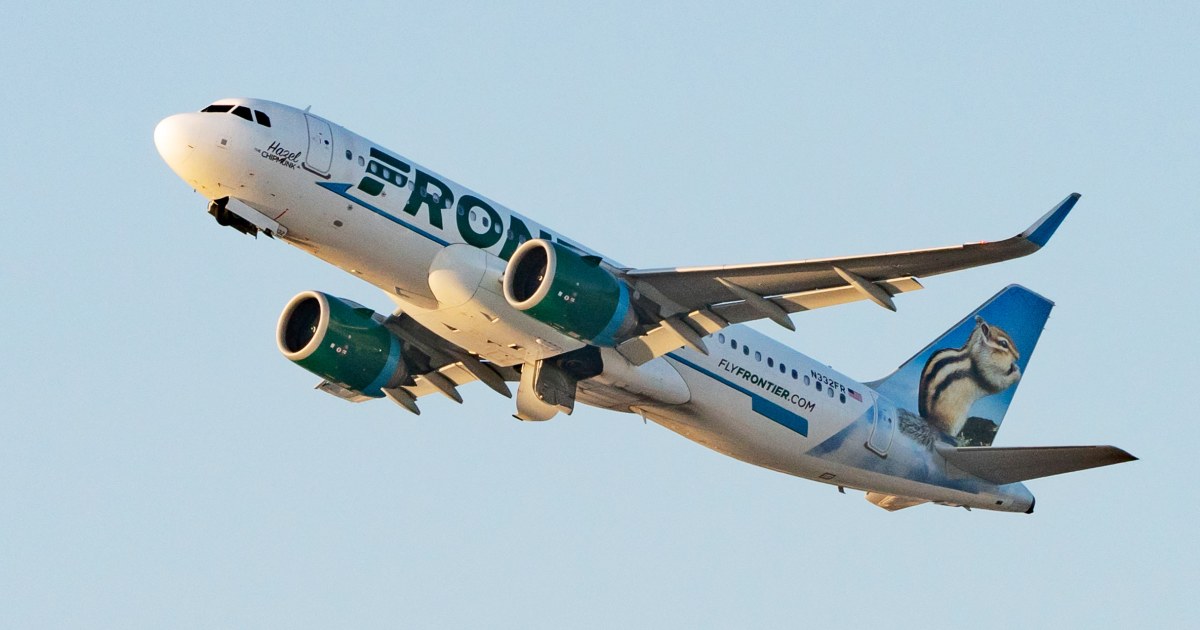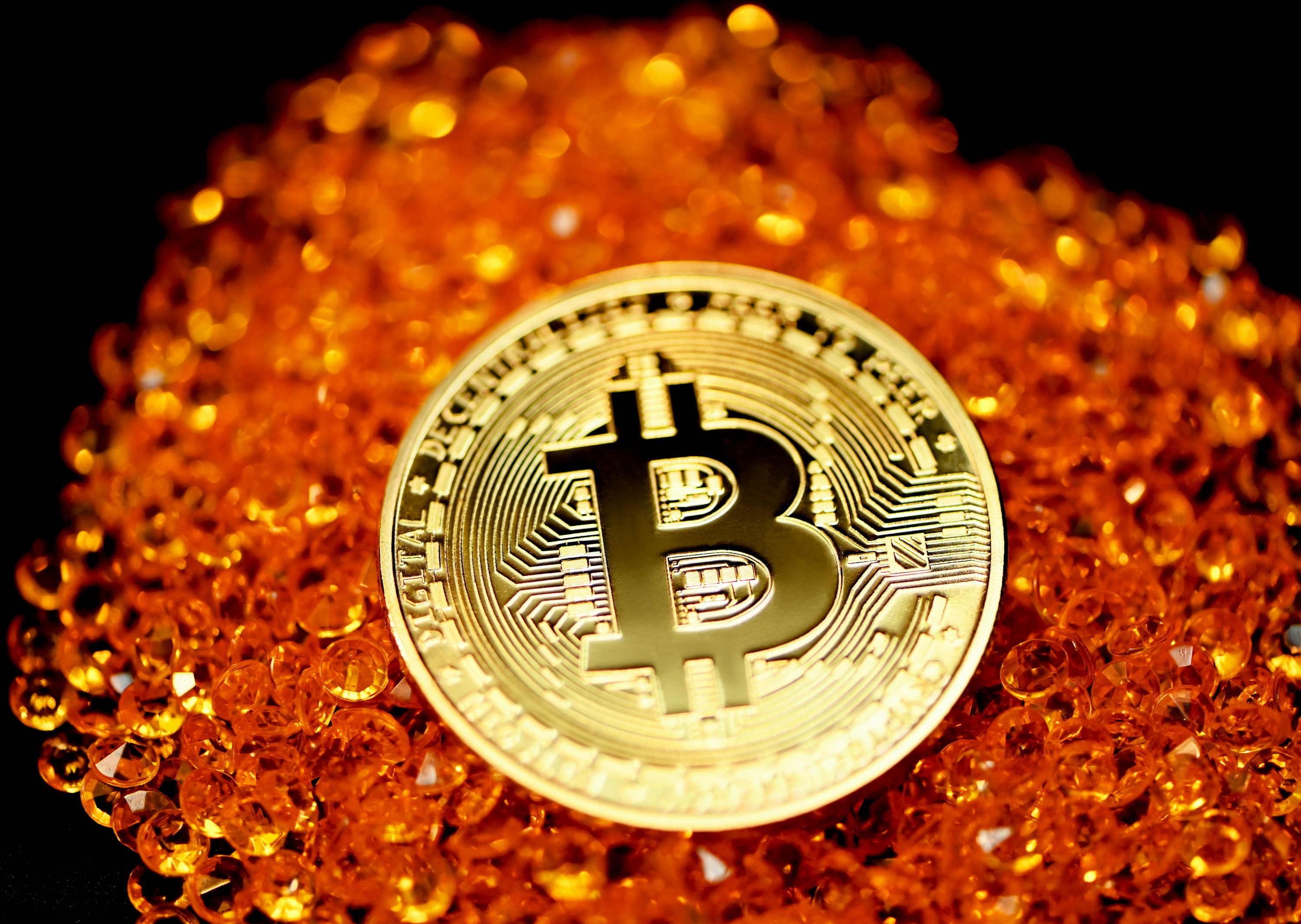The Secret Service said on Thursday that it had closed its investigation into how cocaine ended up in the guest lobby of the West Wing after security video failed to provide any leads and no fingerprints were found on the bag.
A small plastic envelope was found last week in an area of the West Wing that visitors and staff members often pass through during the day. When staff members want to bring relatives or friends on tours of the West Wing, they usually do so at night and on weekends.
“Without physical evidence, the investigation will not be able to single out a person of interest from the hundreds of individuals who passed through the vestibule where the cocaine was discovered,” the Secret Service said in a statement on Thursday.
“At this time, the Secret Service’s investigation is closed due to a lack of physical evidence,” the agency added.
The bag was found near an area where visitors go through security screening and leave their phones in small cubbies.
The episode has garnered significant attention from the public and questions from some Republicans about security at the White House and how often illegal substances are found there.
“The American people deserve to know who smuggled illegal narcotics into the White House!” Representative Marjorie Taylor Greene, Republican of Georgia, said in a Twitter post on Thursday.
The Secret Service briefed lawmakers on Thursday.
After the bag was discovered on a Sunday evening, the Secret Service rolled out safety measures to prevent chemical or radiological material from spreading further into the White House. President Biden was away at Camp David with his family at the time.
The substance was tested by Washington’s fire and emergency services department and determined to be cocaine. The powder was also sent to the Homeland Security Department’s National Biodefense Analysis and Countermeasures Center, where it was formally determined not to be a biological weapon.
The bag was also sent to the F.B.I. for a forensic analysis, the Secret Service said. On Wednesday, the bureau shared the results that analysts found no latent fingerprints or enough DNA to assist the investigation.
While the F.B.I. conducted the forensic analysis, the Secret Service reviewed security footage that went back several days before the cocaine was discovered. It compared the footage with a list of several hundred people who might have been in the area near the cubbies. The hope was that the F.B.I. testing would yield forensic evidence that could be compared against the Secret Service’s list.
“There was no surveillance video footage found that provided investigative leads or any other means for investigators to identify who may have deposited the found substance in this area,” the Secret Service said.













